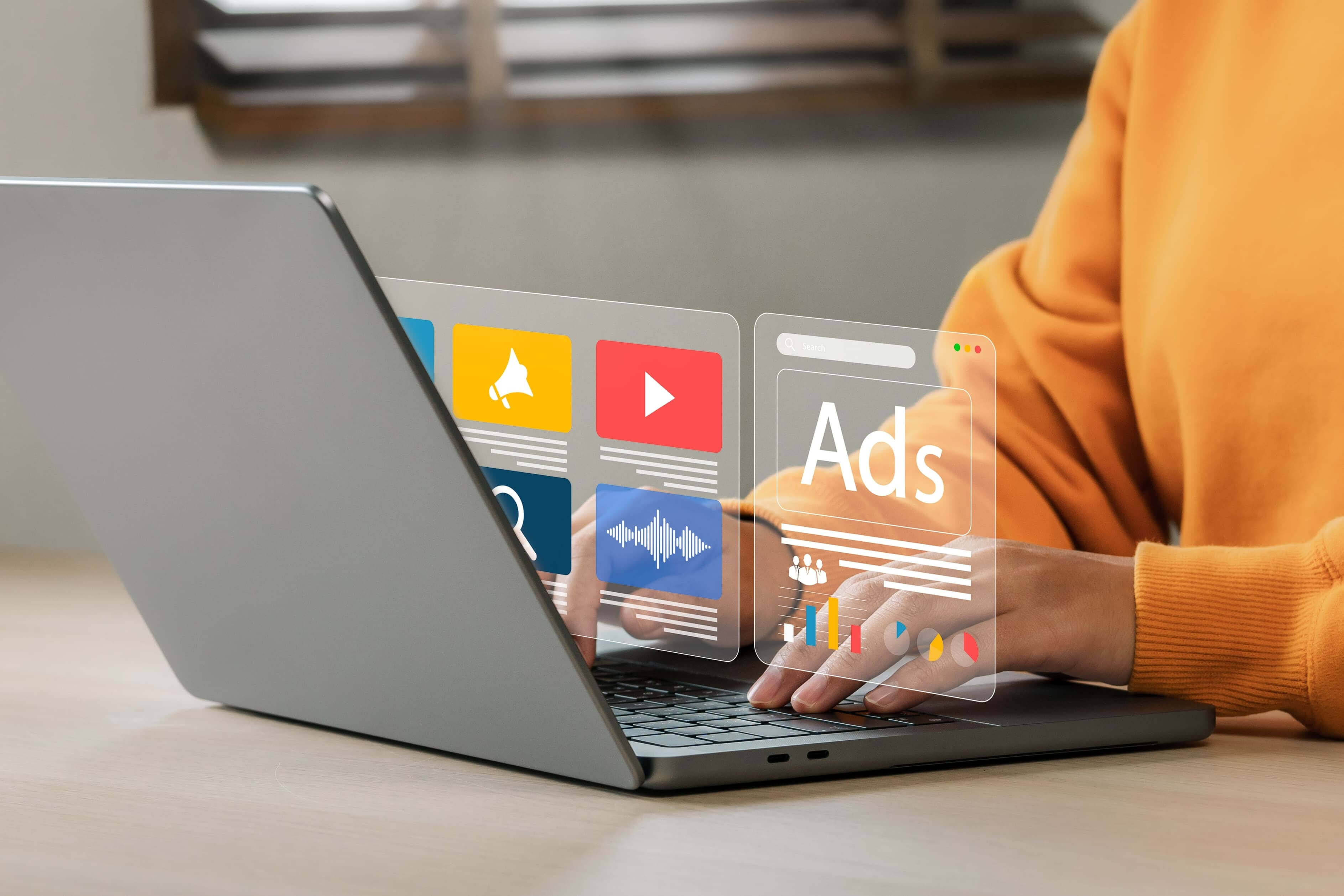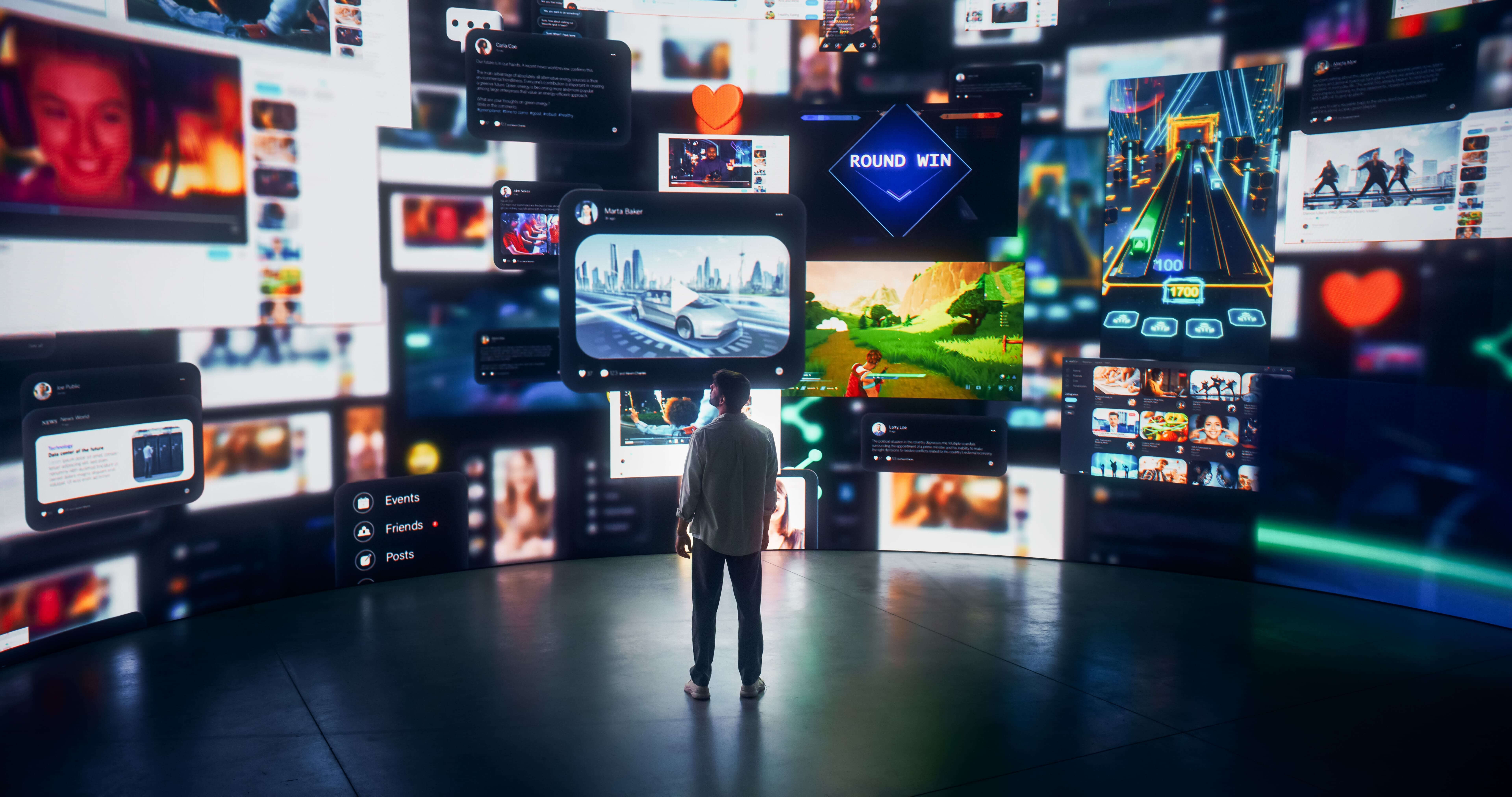Augmented Reality (AR) isn't just about gaming or gimmicky filters; it's a transformative technology that addresses real-world problems across various industries.
From healthcare to retail, AR solutions have provided innovative answers to age-old challenges. Let's explore some compelling real-world examples of how AR is making a tangible difference.
1. Healthcare: Remote Surgeries and Training
Problem: The scarcity of specialized surgeons in remote areas can delay crucial surgeries. Traditional surgical training also requires hands-on experience, which can be limited.
AR Solution: With AR glasses like Microsoft's HoloLens, expert surgeons can virtually guide local surgeons in real-time during complex procedures. Moreover, AR simulations allow medical students to practice surgeries without needing a real patient, bridging the gap between theoretical knowledge and practical experience.
2. Retail: Virtual Try-Ons and Product Visualization
Problem: Online shopping lacks the 'try before you buy' experience, leading to uncertain purchase decisions and higher return rates.
AR Solution: Brands like Sephora and Warby Parker have introduced AR try-ons. Customers can virtually 'wear' makeup or glasses using their smartphone cameras, reducing uncertainty and boosting confidence in online purchases. IKEA's AR app lets users visualize how furniture would look in their homes, ensuring it fits and matches their decor.
3. Education: Interactive Learning
Problem: Traditional learning can be passive and not engaging for all students, making it hard to grasp complex concepts.
AR Solution: AR apps, like ARki and Star Walk, offer interactive 3D models, making subjects like architecture and astronomy more engaging and understandable. By visualizing complex processes or historical events, students can grasp intricate subjects more easily.
4. Tourism: AR City Tours
Problem: Tourists often struggle with understanding the historical or cultural significance of landmarks. Hiring guides can be expensive and language barriers can exist.
AR Solution: AR-powered apps can provide tourists with immersive experiences, overlaying historical information, old photographs, or 3D reconstructions when pointing a smartphone at a landmark. This self-guided approach is both educational and cost-effective.
5. Automotive: AR Manuals and Navigation
Problem: Traditional car manuals can be bulky and confusing. Traditional GPS systems can be distracting.
AR Solution: Hyundai introduced an AR manual, allowing car owners to point their phones at their vehicle to receive maintenance instructions. AR-based navigation systems, like WayRay Navion, project directions onto car windshields, ensuring drivers don't need to look away from the road.
6. Real Estate: Virtual Property Tours
Problem: Property buyers often need to visit multiple properties before making a decision, which can be time-consuming and inefficient.
AR Solution: Real estate agencies are leveraging AR for virtual property tours, allowing prospective buyers to explore properties from the comfort of their homes, complete with 3D overlays showcasing property features.
7. Manufacturing: Maintenance and Training
Problem: Machine maintenance requires expert knowledge, and training new employees can be time-intensive.
AR Solution: Companies like Bosch have developed AR glasses that overlay real-time information on machinery, guiding technicians through repair processes and reducing downtime. New employees can also receive AR training, visualizing complex machinery functions without disassembling them.
8. Agriculture: Precision Farming
Problem: Traditional farming methods can lead to overuse of resources and decreased crop yields.
AR Solution: AR apps, integrated with drones, can provide farmers with insights into soil health, hydration levels, and pest infestations. By overlaying this information on real fields, farmers can make data-driven decisions, optimizing resource use and boosting yields.
Conclusion
From enhancing consumer experiences to optimizing professional practices, AR is reshaping the way industries operate and address challenges. As AR technology continues to evolve, its problem-solving potential will only expand, cementing its status as a revolutionary force in the modern world. For businesses and individuals alike, it's an exciting time to embrace the possibilities AR presents.




